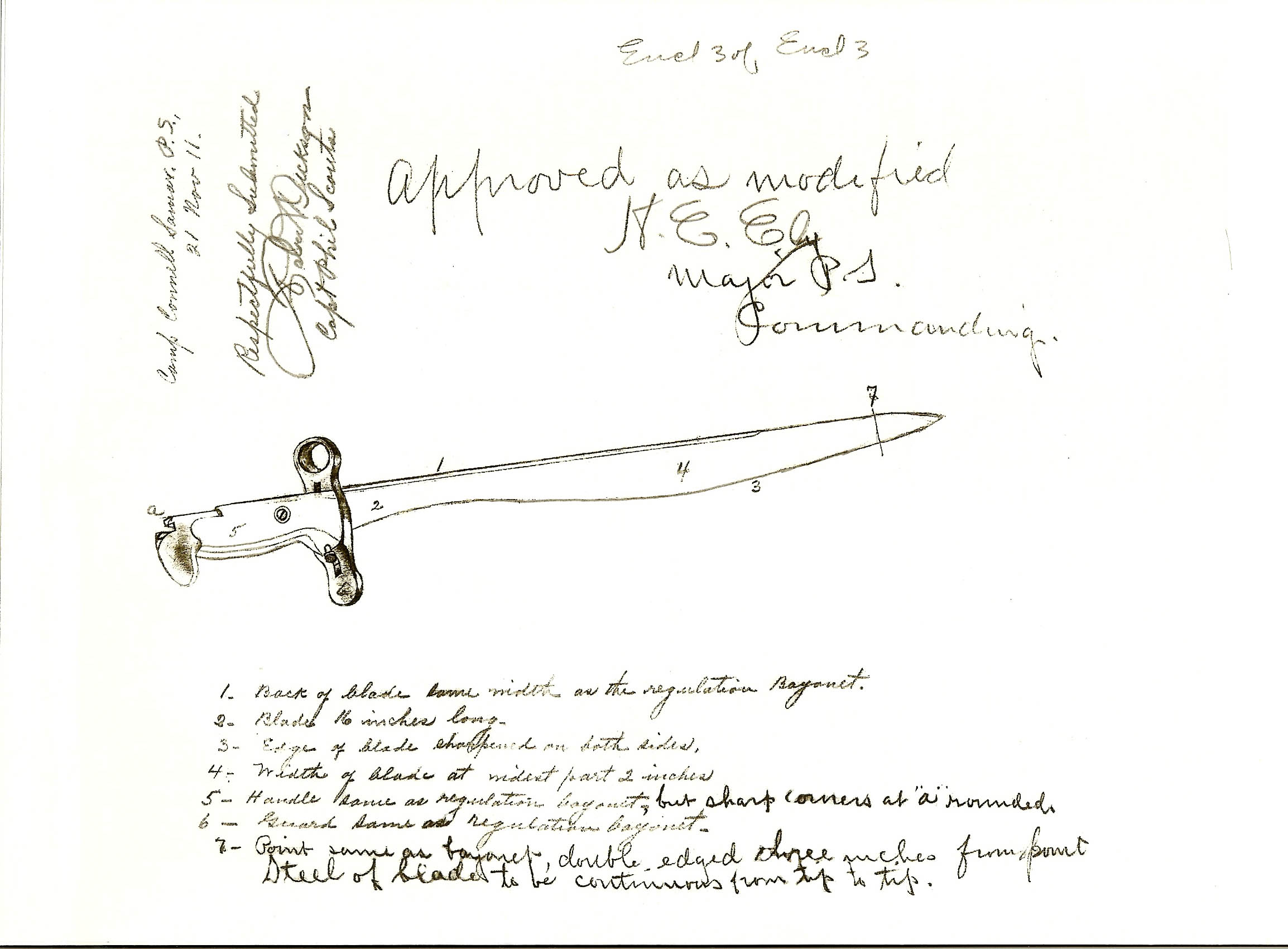

He had decided that he would make his portion of the scene come to life in his own way. “One time, as part of his studio work, he was asked to paint an angel in a larger biblical scene designed by Verrocchio. Opens with a story of Leonardo Da Vinci’s early years: It is never too late to start this process.”

Knowing it with clarity, you will find your way to the proper career path and everything else will fall into place. The first move toward mastery is always inward- learning who you really are and reconnecting with that innate force. This can be the source of your unhappiness- your lack of connection to who you are and what makes you unique. In the intervening years, the force tends to fade in and out as you listen more to parents and peers, to the daily anxieties that wear away at you.

It directed you toward activities and subjects that fit your natural inclinations, that sparked a curiosity that was deep and primal. In childhood this force was clear to you. “You possess a kind of inner force that seeks to guide you toward your Life’s Task- what you are meant to accomplish in the time that you have to live. His structure is very similar to the Dreyfus model. We develop an intuitive sense of the skill and have mastered it to the point of being able to innovate and break the rules. Then as we continue for years we make the leap to mastery.We use our own ideas and experiments, getting feedback in the process. Eventually, we move from student to practicioner.But if we manage these emotions and keep pushing forward, we start to gain fluency, and we master the basic skills allowing us to take on bigger and better challenges.Once we stop observing and learning, the process towards mastery comes to a halt. The greatest danger here is boredom, impatience, fear, and confusion. We enter a new field with excitement, but also fear about how much there is to learn ahead of us.Then Greene gives a high level overview of the process: (Such Masters include Leonardo da Vinci, Napoleon Bonaparte, Charles Darwin, Thomas Edison, and Martha Graham, among many others.) And at the root of this power is a simple process that leads to mastery- one that is accessible to all of us.” Although it might be something we experience for only a short while, for others- Masters of their field- it becomes their way of life, their way of seeing the world. Let us call this sensation mastery- the feeling that we have a greater command of reality, other people, and ourselves. It would be an immense help to clear up the mystery- to name this feeling of power, to examine its roots, to define the kind of intelligence that leads to it, and to understand how it can be manufactured and maintained. “We imagine that creativity and brilliance just appear out of nowhere, the fruit of natural talent, or perhaps of a good mood, or an alignment of the stars. Becoming the best in a craft, emulating the best practicioners in all fields throughout history. That’s what this book is about, sculpting your mind and your life in the pursuit of mastery. The skill to mold the material into what we want must be learned and attentively cultivated.” -JOHANN WOLFGANG VON GOETHE But it’s the same with that type of artistic activity as with all others: We are merely born with the capability to do it. “Everyone holds his fortune in his own hands, like a sculptor the raw material he will fashion into a figure. If you enjoy these notes on Mastery, you should also check out my notes on The 48 Laws of Power and The 50th Law.


 0 kommentar(er)
0 kommentar(er)
